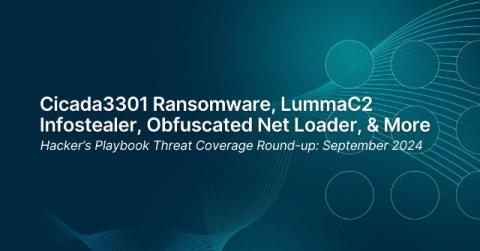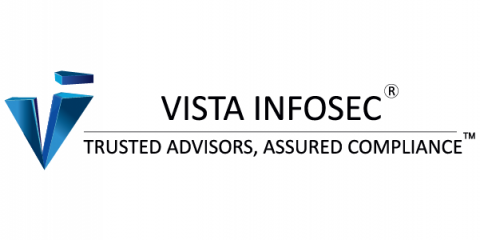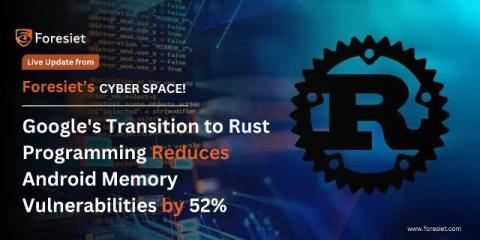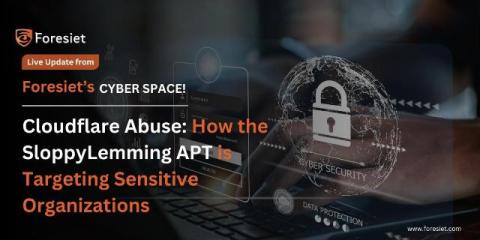From Tetris to Minecraft: The Evolution of Security Awareness into Human Risk Management
Once upon a time, security awareness training resembled a never-ending game of Tetris. Threats cascaded down, demanding swift action and strategy, only to speed up until we inevitably faltered. Today, we've entered a new realm of engagement, creativity, and community in human risk management.











